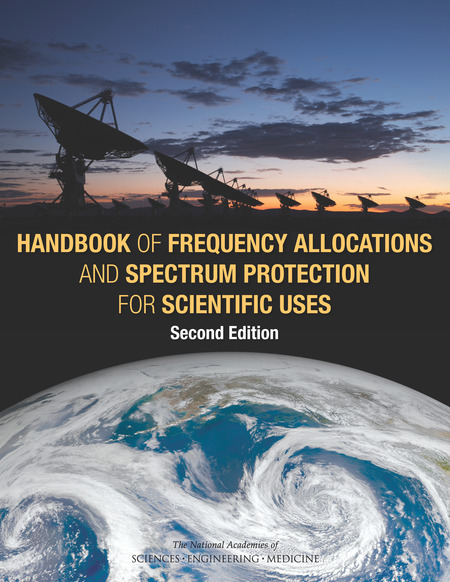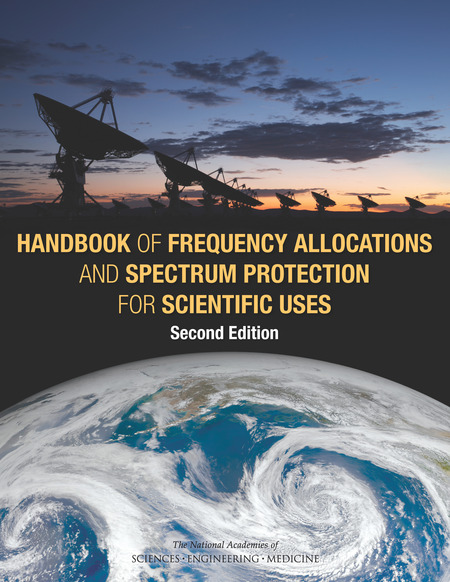## Could a Star-Gazing Revolution Be on the Horizon?
Imagine a world where your smartphone could connect to the internet anywhere on Earth, even in the most remote corners of the globe. That’s the promise of AST SpaceMobile, a company aiming to revolutionize connectivity with its constellation of space-based satellites. But what happens when this ambitious project intersects with the pursuit of understanding the universe itself?

The Path Forward: Examining the details of the agreement and how it will facilitate more efficient and harmonious use of the radio spectrum for astronomy
The agreement between AST SpaceMobile and the U.S. National Science Foundation (NSF) marks a significant step forward in the coordination of satellite and ground-based astronomy operations. The agreement aims to facilitate more efficient and harmonious use of the radio spectrum for astronomy, enabling astronomers to conduct more complex and sensitive observations.
The agreement focuses on the allocation of frequency ranges and the role of the International Telecommunication Union (ITU) in coordinating global use of the radio spectrum. The ITU plays a crucial role in ensuring that different services, including astronomy, are allocated frequency ranges that minimize interference and enable efficient use of the spectrum.
The agreement also highlights the importance of footnotes in the ITU’s Radio Regulations. Footnotes provide additional information and restrictions on specific services or frequency ranges, ensuring that different services do not interfere with each other.
Technical Aspects: Delving into the technical details of the agreement, including the allocation of frequency ranges and the role of the International Telecommunication Union (ITU)
Frequency Allocations
The ITU allocates frequency ranges for different services, including astronomy. The agreement focuses on the allocation of frequency ranges for astronomy services, including primary and secondary allocations.
Primary allocations are designated for services that require exclusive use of the frequency range, such as Earth Exploration Satellite Services. Secondary allocations are designated for services that can operate in the frequency range, but must not cause harmful interference to primary services.
The agreement also highlights the importance of footnotes in the ITU’s Radio Regulations. Footnotes provide additional information and restrictions on specific services or frequency ranges, ensuring that different services do not interfere with each other.
ITU’s Role
The ITU plays a crucial role in coordinating global use of the radio spectrum. The organization develops and maintains the Radio Regulations, which provides a framework for the allocation of frequency ranges and the use of the spectrum.
The ITU also provides guidance on the use of the spectrum, including the allocation of frequency ranges for different services. The organization works with governments and industry stakeholders to ensure that the use of the spectrum is efficient and harmonious.
Practical Implications: Examining the practical consequences of the agreement for astronomers, satellite operators, and the scientific community
Enhanced Research Opportunities
The agreement will enable astronomers to conduct more complex and sensitive observations, leading to new discoveries and a deeper understanding of the universe.
Astronomers will be able to use the frequency ranges allocated for astronomy services to conduct observations without interference from other services. This will enable them to gather high-quality data and make new discoveries.
Improved Data Quality
The agreement will also improve data quality by reducing interference and ensuring more efficient use of the radio spectrum.
Data quality is critical for astronomy research, as it enables astronomers to make accurate measurements and observations. The agreement will help to reduce interference and ensure that data is collected efficiently, leading to improved data quality.
Conclusion
In a groundbreaking move, AST SpaceMobile and the U.S. National Science Foundation (NSF) have entered into a coordination agreement, paving the way for seamless collaboration between satellite and ground-based astronomy operations. The agreement marks a significant milestone in the pursuit of advancing our understanding of the universe, as it enables the sharing of resources, expertise, and data between the two entities. By coordinating their efforts, AST SpaceMobile and the NSF will be able to tackle complex astronomical challenges, such as the detection of exoplanets and the study of cosmic phenomena, with greater efficiency and accuracy.
The implications of this agreement are far-reaching, as it has the potential to revolutionize the field of astronomy. By leveraging the strengths of both satellite and ground-based operations, scientists will be able to collect and analyze data more effectively, leading to breakthroughs in our understanding of the universe. Moreover, the agreement also has the potential to foster greater international collaboration, as it sets a precedent for cooperation between organizations from different countries. As the search for extraterrestrial life and the study of the cosmos continue to captivate human imagination, this agreement serves as a powerful reminder of the importance of coordination and cooperation in advancing our knowledge of the universe.
As we look to the future, the possibilities are endless. With the AST SpaceMobile and NSF coordination agreement in place, we can expect to see a surge in innovative research and discoveries. As we continue to push the boundaries of what is possible, we may yet uncover secrets of the universe that have been hidden for centuries. And as we gaze up at the stars, we are reminded that the pursuit of knowledge and understanding is a never-ending journey, one that requires collaboration, ingenuity, and a burning passion for discovery.
